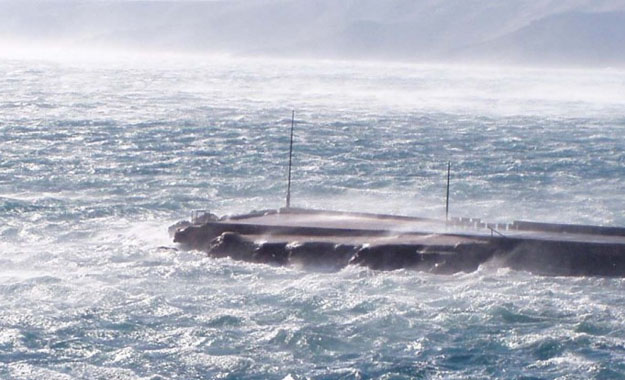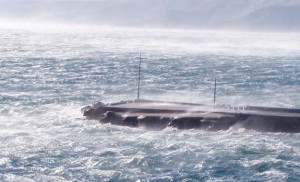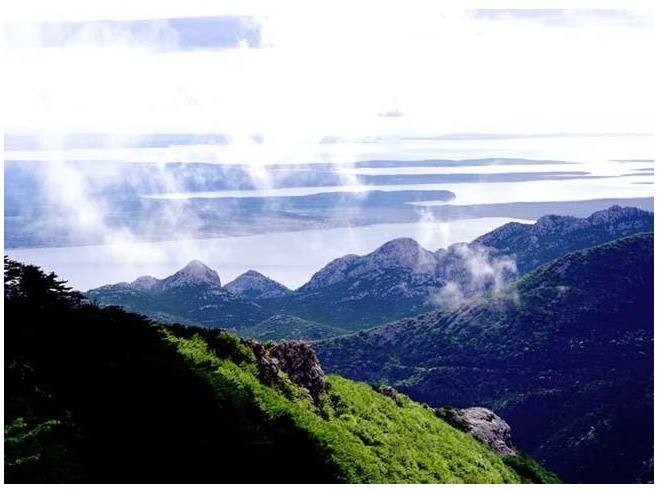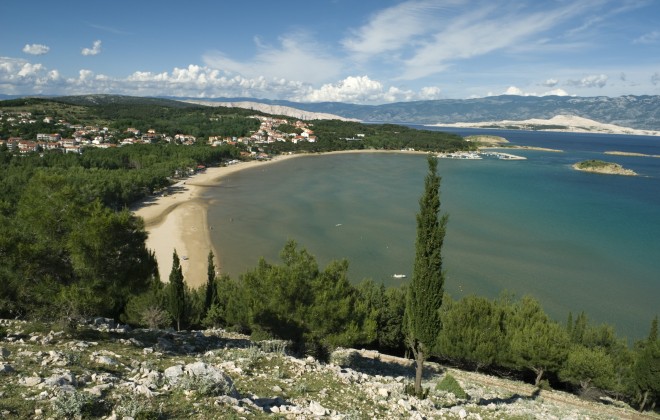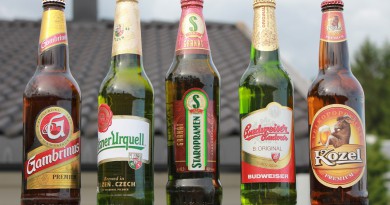Bura vs. Jugo
If you are coming to Dalmatia, it’s important to know about the wind.
It might seem silly to a foreigner, but many Dalmatians believe the wind can not only help determine if rain is on the horizon but it can also affect mood, health, food production and may even motivate you to commit a crime.
Specifically, the two winds to know are “bura” and “jugo”, which represent the northern and southern winds respectively. The eastern and western winds are fairly irrelevant.
As bura and jugo will inevitably come up in conversation when speaking with a Croatian, it’s best to know why these winds are so important.
Bura – Let’s call it the good wind
Bura comes from the north, catapulting over the Velebit mountain range out to the Adriatic sea. It’s a dry cool wind, which is why it can be freezing on a sunny cloudless day. If the sun is out and you’re freezing to death, that’s bura. It’s most common in winter, but can happen at any time of the year.
This wind is also perfect and downright required for drying pršut (Dalmatia’s cured ham) as it ages in open houses across Dalmatia. As a wise Croatian woman told me, “Without bura, there is no good pršut!”
The incredible flavor and saltiness of cheese from Pag Island is also attributed to bura. As the wind kicks up, it blows the salt from the Adriatic Sea onto the island grass. The sheep graze on the salty grass and herbs, which makes their milk supremely tasty for cheese preparation.
In Dalmatia, the sky can get clogged with a haze that makes the islands barely visible. Bura comes in and wipes the sky clean. It is said that on some days after bura, one can see Italy from the top of Biokovo Mountain. Every once in a while, there is štrokav bura, or dirty bura, that happens during rain storms.
Bura can reach speeds of 220 km (136 miles) per hour, but has been clocked as high as 304 km (189 miles) per hour. We are talking hurricane force. Luckily homes are built of concrete instead of wood, which prevents them from blowing away like they would in the United States.
The strongest bura tends to happen in Senj, near Rijeka. Because of it’s position on the coast, bura can blow in multiple directions. During the Eastern European Cold Wave in the winter of 2012, the bura threw fish out of the sea on the island of Pag.
Jugo – Now for the bad wind
Jugo is a low pressure, warm wind, not as strong as Bura. It blows in from the south, coming over the islands and onto shore. It causes high and choppy waves, with showers in between; quite depressing really, especially as it can last for more than two weeks.
Since Dalmatians tend to be sun-loving people, they are not fond of jugo. It is said to cause depression, body aches, pains and grumpiness. In this unique part of the world, jugo is always an acceptable excuse for this melancholic behavior.
At one time, people accused of committing a crime could use jugo as part of their legal defense if the crime happened during jugo winds. Depending on which Dalmatian you talk to, some tell fabled stories of people getting away with murder by using the jugo defense.
If someone notices you are having a bad day, they’ll ask “Južina?” referring to the wind. All you need to do is nod and you are forgiven for your sins that day. The Jugo wind is blamed for everything from low work productivity, headaches, mental breakdowns, and a broken leg.
If the sky is dark and you’re feeling under the weather, just say “To ti je jugo”.
Have you ever used the jugo excuse?


